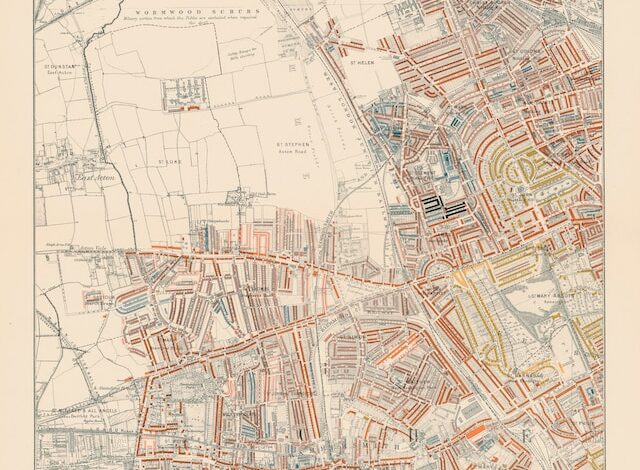How New Technology Could Create a 3D Map of the World

The burgeoning area of three-dimensional mapping has the possibility of changing our worldview as a whole.
Niantic Labs, the developers of Pokémon Go, just bought Scaniverse, a startup that creates 3D mapping software. It’s an indication that the business is pushing its efforts to create a 3D map of the world. According to experts, such maps could have far-reaching advantages.
“Three-dimensional maps provide tremendous benefits for daily activities,” Linh Truong-Hong, a 3D mapping researcher at Delft University of Technology, told Lifewire in an email interview. “It may be used for anything from navigation to building, infrastructure, and green space handling and arranging.”
Going 3D
Scaniverse’s software is designed to provide a quick and simple way to record, edit, and distribute 3D content with a smartphone camera.
Niantic said in a press release that the software will be used as part of its attempts to create a “real-world metaverse.” Working with players, the business has crowdsourced an image library of places all over the globe, such as the Gandhi sculpture in San Francisco and the Maneki-Neko shrine in Tokyo’s Gotokuji Temple.
Niantic’s purchase of Scaniverse is not the company’s first attempt into 3D mapping. In March 2020, the developer announced the purchase of spatial mapping startup 6D.ai.
“Together, we’re building a continuous, 3D map of the world to allow new kinds of planet-scale AR experiences,” the business noted in a news release at the time. “This means we’re getting closer to an AR platform that will allow any app developer to develop content for current and future AR technology.”
The transition to 3D mapping is part of a developer arms race to maintain realism in applications ranging from gaming to virtual reality. Epic Games recently obtained Capturing Reality, a software business that develops software that allows users to take photos or laser scans of an object or location and afterwards turn those photos into a 3D shape.
“3D mapping may transport users to areas that are too far away, too expensive to visit, or are now non-existent,” Lynn Puzzo, a marketing manager for Mosaic, a company that manufactures cameras for mapping companies, told Lifewire via email. “They provide a way for designers and developers to efficiently understand their products and processes.”
Putting Data in Images
Some ways look at 3D projection from above. For example, Blackshark.ai creates maps by using algorithms to extract information from satellite data. The end result is semantic mapping, which embeds data inside maps.
“Other 3D mapping tools may look realistic from a distance, but the map cannot be queried or searched by computer programmes or algorithms,” Blackshark.ai CEO Michael Putz told via email. “A significant advantage of semantic 3D maps is their searchability, which allows you to specify that only buildings taller than 15m be shown inside a specific region.”
Putz thinks that 3D digital maps will improve decision-making in the urban planning, insurance, and disaster relief industries.
3D mapping is not a new field. Google Earth and Bing Maps 3D are instances of well-known 3D maps. These are often created using photogrammetry, which patches together a 3D model using multiple photographs taken from different angles.
Yet, an increasing number of companies are trying to collect 3D maps in order to make them more widely available and at lower scales. According to Putz, such three-dimensional maps could potentially be employed in VR and AR projects.
“The enhanced photos might show relevant mixed-reality material and, as semantic 3D maps, “know” what the user is looking at in the actual world; you can then present the most useful information in an exact 3D spatial context,” according to the researchers.



